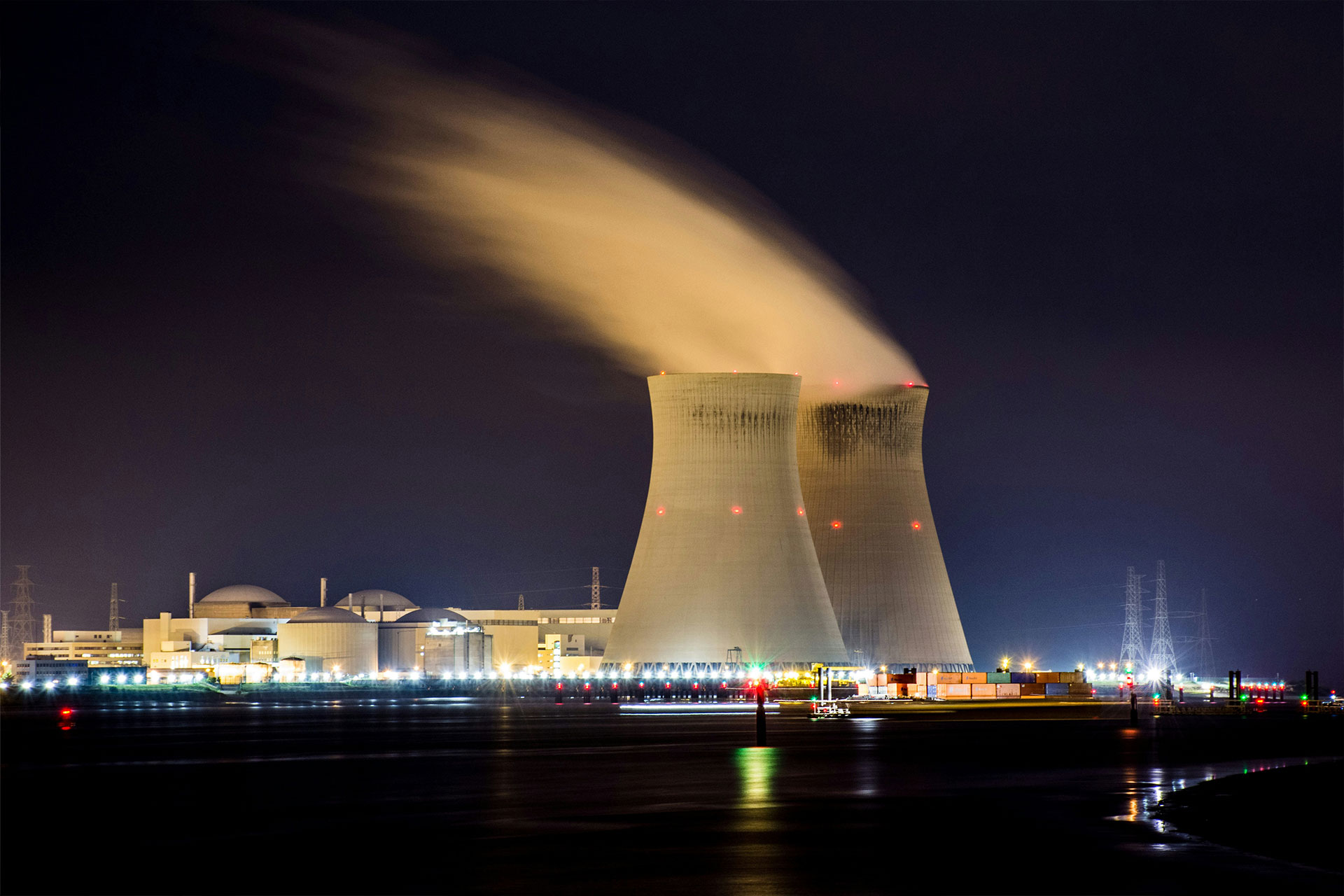The Growing Demand for Data Centres
In our increasingly digital world, data centres have become the backbone of modern economies. From cloud computing to artificial intelligence, these facilities are essential for processing and storing vast amounts of digital data. However, powering them is a monumental task, as data centres are among the largest consumers of electricity globally. This demand is projected to rise exponentially as AI, machine learning, and cloud services continue to grow.
The Challenge of Traditional Energy Sources
Historically, data centres have relied on traditional energy sources like coal and natural gas. These sources, while abundant, present several challenges. Coal-fired plants contribute to significant greenhouse gas emissions, exacerbating climate change. Natural gas, though somewhat cleaner, is subject to price fluctuations, which can lead to operational unpredictability. Additionally, many data centres are built in remote areas, increasing their reliance on grid infrastructure, which is both costly and prone to disruptions.
Enter Small Modular Reactors (SMRs)
Small Modular Reactors (SMRs) are emerging as a game-changer in addressing the energy needs of data centres. These compact nuclear reactors offer a more flexible, reliable, and sustainable power source. Compared to traditional nuclear power plants, SMRs have a lower upfront cost, faster construction timelines, and can be deployed in various locations, including remote or off-grid areas.
Key Benefits of SMRs for Data Centres
Reliability and Stability: SMRs provide a consistent, uninterrupted power supply. This is crucial for data centres, where downtime can lead to massive data losses and significant business disruptions.
Cost-Efficiency: With their smaller footprint, SMRs are highly efficient, producing substantial electricity output. This efficiency can lead to considerable cost savings for data centre operators, particularly in long-term energy planning.
Environmental Sustainability: SMRs produce minimal greenhouse gases, making them a more sustainable alternative to fossil fuels. As tech giants seek to reduce their carbon footprints, SMRs align perfectly with their green energy goals.
Resilience: SMRs can be deployed in remote or off-grid locations, reducing dependence on vulnerable grid infrastructures. This feature enhances resilience, especially in areas prone to natural disasters or grid instability.
Tech Giants Leading the Charge
Major tech companies are already exploring the potential of SMRs to meet their massive energy demands. For example, Oracle recently announced plans to build a gigawatt-scale data centre powered by three SMRs, marking a significant step in nuclear-powered cloud infrastructure. Amazon Web Services (AWS) has also entered into agreements to power future data centres with nuclear energy, potentially leveraging SMRs to provide stable power .
Moreover, Google’s CEO Sundar Pichai has voiced optimism about the role SMRs will play in powering AI-driven workloads, indicating substantial investments in SMR technology (Bisnow )
These moves highlight the growing recognition that SMRs could revolutionise how data centres are powered, providing a stable and sustainable energy solution for the digital age.
The Future of SMRs in Data Centres
As the need for scalable and sustainable power grows, SMRs are well-positioned to become a primary energy source for data centres. With tech giants like Oracle, Google, and AWS making early investments, SMRs could soon become the gold standard for powering the global digital infrastructure. Their ability to combine efficiency, sustainability, and resilience makes them a compelling option in the drive to future-proof data centres.
Conclusion
Small Modular Reactors offer a promising solution to the growing energy demands of data centres. By providing reliable, cost-effective, and environmentally friendly power, SMRs have the potential to reshape the future of cloud infrastructure. As more companies explore this technology, the adoption of SMRs could revolutionise not only the energy sector but the entire digital economy.




